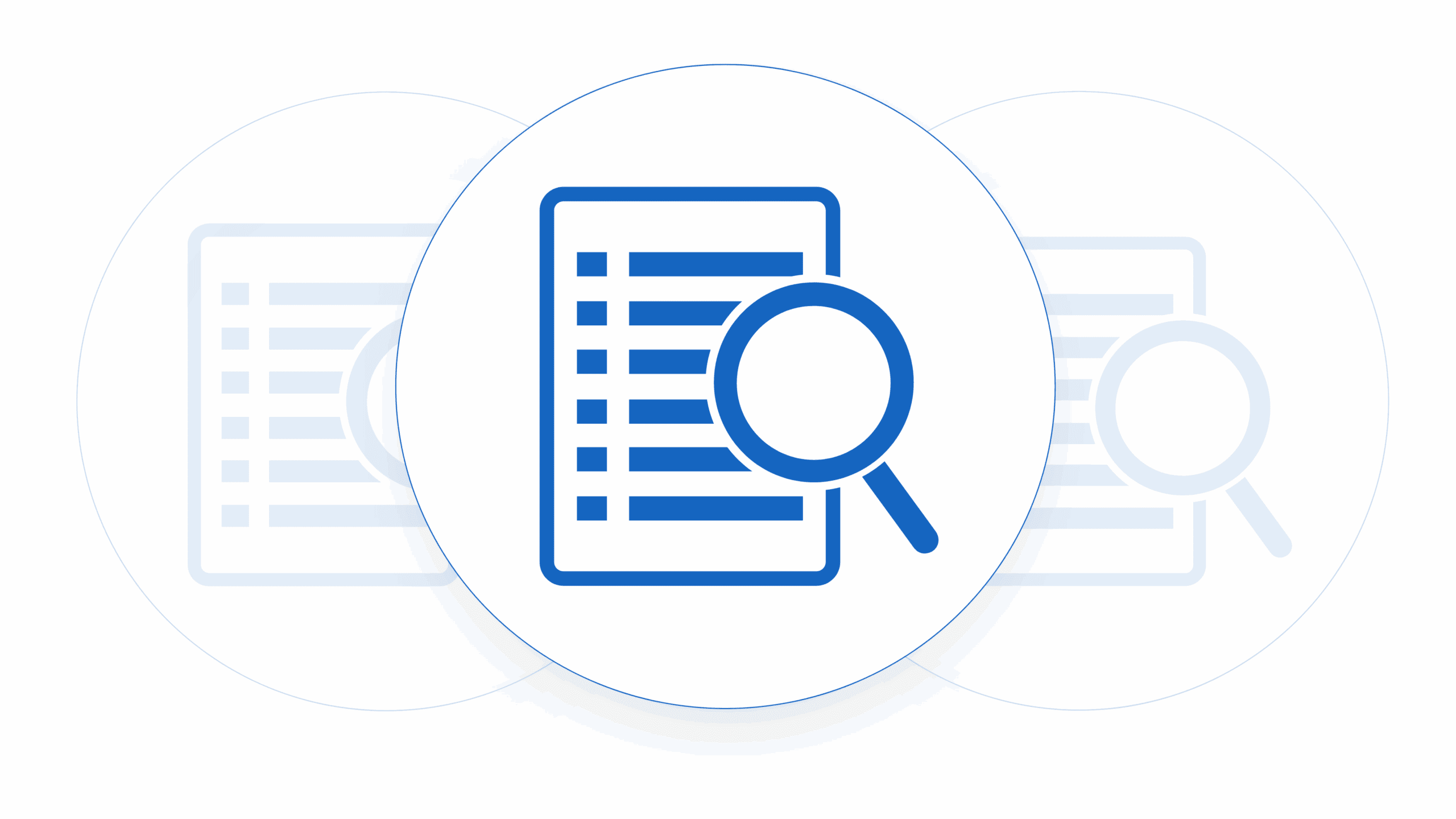So you’ve started a software as a service company selling to enterprise customers? Congratulations! You have a long road ahead, but once you sign a few of those large logos, you’ll be flying. Dealing with SaaS enterprise contracts and obtaining signatures can be confusing. We’ve written a quick guide for you.
We’ll run through what a normal contracting process looks like. We’ll discuss the types of contracts used in the contracting process and address common issues.
SaaS Enterprise Contracts – Documents That Are Used
A typical SaaS company selling to enterprise customers will iterate through multiple contract documents. These iterations align with their growth and how they de-risk contracting with customers.
Early Stage Master Service Agreements
Generally when selling to enterprise customers early stage startups will use a combination of an MSA and an SOW. In the context of a SaaS (Software as a Service) company, an MSA typically stands for “Master Services Agreement.” It is one of the core SaaS enterprise contracts for any SaaS startup. A Master Services Agreement (MSA) outlines terms and conditions for a SaaS provider’s service delivery to a customer. It serves as a foundational document that governs the overall relationship between the SaaS company and its customers.
Generally an MSA will cover the commercial relationship between the startup and the customer. This includes SaaS payment terms, a service level agreement, termination terms, IP ownership terms, amendment terms and all the in’s and out’s of liability and risk that could arise.
The MSA will generally be for a period that is longer than the customer has agreed to use the product for. Often three years with a clause for renewal or sometimes auto-renewal. This allows for multiple statements of work (SOW’s) to be created within this time period.
Early Stage Statements of Work
An SOW (Statement of Work) for a SaaS company is one of the SaaS enterprise contracts that complements and references the overarching Master Services Agreement (MSA). While the MSA establishes the general terms and framework of the relationship between the SaaS provider and the customer, the SOW delves into specific project or service details.
Typically, the SOW will reference the MSA at the beginning of the document, stating that it is subject to the terms and conditions outlined in the MSA. This reference ensures that the contractual foundation established in the MSA, including matters like pricing, payment terms, confidentiality, and dispute resolution, still applies to the specific project or services described in the SOW. Essentially, the SOW operates within the broader legal framework established by the MSA, simplifying the process of outlining project-specific details without reiterating all the general terms and conditions.
The SOW then proceeds to define the scope of work in clear and specific terms. It outlines project objectives, deliverables, timelines, milestones, and any special requirements or expectations. It may also detail responsibilities and roles of both parties, as well as any additional terms, conditions, or considerations that are specific to the particular project or services. By referencing the MSA, the SOW ensures that both parties understand their broader contractual obligations while focusing on the unique aspects of the project or services outlined in the SOW. This combination of documents helps to create a comprehensive and structured relationship between the SaaS company and its customers, balancing general terms with project-specific details.
Issues With Early Stage SaaS Enterprise Contracts
There are a few issues that crop up when using master service agreements and statements of work for your early stage SaaS enterprise contracts. The most difficult to address is the customization that occurs for each contract during the negotiation process. Knowing when to redline contracts and then tracking those changes is hard.
As with anything in the SaaS world you’re always trying to build processes that scale. Customization is the enemy of scalable processes. Usually this is the difficulty with the core SaaS enterprise contracts that you use at the start of your journey, the MSA and SOW. Once you get to a tipping point of fifty or sixty customers keeping track of each custom contract is difficult. Contract Sent looks to solve this for early stage companies by allowing them to track changes in contracts and have this data structured into easy to work with data structures. The core issue we’re looking to solve is how to extract data from contracts.
Redline What Matters
Raise Changes For Approval To Turnaround Contracts Faster
How Do Scale Ups Scale Their Contract Management?
The bigger you get and the more customers you have the more you look to de-risk your company and make things scalable. This is often when you see companies that were born as enterprise software companies slowly make the transition to selling to small to medium businesses.
The difference between enterprise customers and small to medium sized customers is that those SME’s generally will be happy to use a product and agree to the standard terms and conditions on the products website without customization.
Having standard terms and conditions on a website for SaaS sales, as opposed to customizing an MSA (Master Services Agreement) for each customer, offers several advantages:
1. Efficiency and Speed:
- Standard terms and conditions are readily available and can be easily accessed by potential customers on your website. This streamlines the sales process, as customers can review the terms at their convenience without the need for lengthy negotiations and legal back-and-forth. It accelerates the sales cycle, allowing your SaaS company to onboard customers faster.
2. Consistency:
- Standard terms ensure consistency in your agreements, reducing the risk of errors or omissions that can occur when creating customized MSAs for each customer. This consistency also simplifies the management of contracts and compliance with legal and regulatory requirements.
3. Scalability:
- SaaS companies often serve a large customer base. Using standard terms allows you to scale your operations more efficiently. You can onboard new customers quickly without the need for extensive legal reviews, making it easier to handle a growing user base.
4. Cost Savings:
- Customizing MSAs for each customer can be resource-intensive, involving legal review and negotiation. Standard terms reduce legal costs and minimize the need for legal personnel to be involved in every contract. This can be particularly advantageous for smaller SaaS companies with limited resources.
5. Transparency:
- Standard terms and conditions provide transparency to your customers. They know what to expect in terms of service, pricing, support, and other key aspects of the agreement upfront. This transparency can enhance trust and customer satisfaction.
6. Risk Mitigation:
- Standard terms are typically designed to protect your SaaS company’s interests, incorporating industry best practices and legal safeguards. By using them consistently, you can ensure that your business is adequately protected against common risks and liabilities.
7. Legal Compliance:
- Standard terms can be drafted to ensure compliance with relevant laws and regulations, such as data protection and privacy laws. This can help your SaaS company maintain legal compliance across your customer base.
8. Simplicity:
- Customized MSAs can become complex and cumbersome, especially when dealing with various customer-specific clauses and amendments. Standard terms are typically more straightforward and easier to manage.
9. Negotiation Focus:
- While standard terms and conditions cover the basics, they can still provide room for negotiation on certain terms. This allows you to focus your legal resources on critical issues that may require customization, rather than negotiating every aspect of the contract.
However, it’s a long hard road to get there. These companies are pivoting their entire value proposition towards a different market. A lot will have this in mind from the early stages of their product development, knowing that they will need to build a mass market product to truely scale. But it’s not to be taken lightly.
While standard terms offer numerous benefits, some customers, particularly enterprise-level clients, will still have specific requirements or concerns that necessitate customization. In such cases, you can use standard terms as a starting point and then negotiate specific amendments as needed. This approach combines efficiency and flexibility, catering to the unique needs of your customers while maintaining the advantages of standardized agreements for the majority of your user base.











